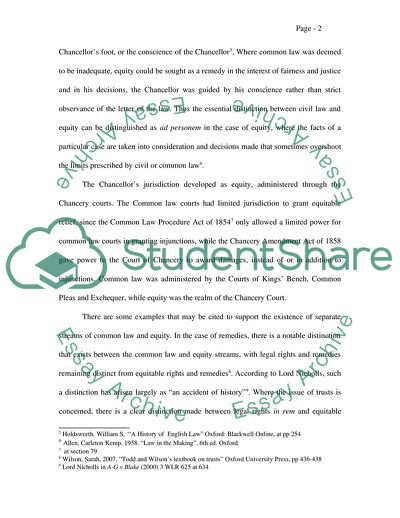Cite this document
(Equity and Common Law Case Study Example | Topics and Well Written Essays - 2000 words, n.d.)
Equity and Common Law Case Study Example | Topics and Well Written Essays - 2000 words. Retrieved from https://studentshare.org/law/1709764-trusts-law-assignment
Equity and Common Law Case Study Example | Topics and Well Written Essays - 2000 words. Retrieved from https://studentshare.org/law/1709764-trusts-law-assignment
(Equity and Common Law Case Study Example | Topics and Well Written Essays - 2000 Words)
Equity and Common Law Case Study Example | Topics and Well Written Essays - 2000 Words. https://studentshare.org/law/1709764-trusts-law-assignment.
Equity and Common Law Case Study Example | Topics and Well Written Essays - 2000 Words. https://studentshare.org/law/1709764-trusts-law-assignment.
“Equity and Common Law Case Study Example | Topics and Well Written Essays - 2000 Words”. https://studentshare.org/law/1709764-trusts-law-assignment.


